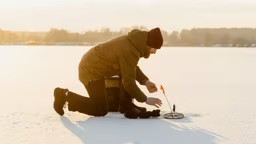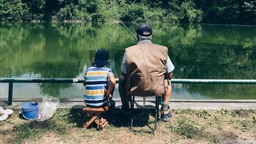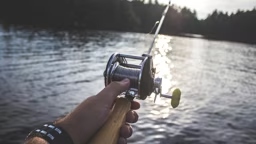
With taxidermists now creating graphite replicas of fish, this lifelike presentation is a fish-friendly alternative to a traditional skin mount. All you need for a quality replica is accurate measurements and photos. If you can get these quickly, you can release your trophy fish to swim another day.
Basic Weight Formula
Girth x Girth x Length / 800 = Weight (pounds)
For example, a northern pike with a girth of 16 inches and a length of 33.5 inches would have an estimated weight of 10.7 pounds (16 x 16 x 33.5 / 800 = 10.7).
Measuring:
- When possible, measure in the water with a floating ruler. Keep the fish in a deep, wide, coated net.
- For length, measure from the snout, mouth closed, to the tip of its pinched-shut tail. Pinching the caudal fin (tail) can add up to a ½ inch.
- To determine weight, take a girth measurement and apply the basic weight formula (see info box, right). Wrap a fabric ruler around the widest part of the fish – similar to measuring your own belly.
- If you take the fish out of the net, support it horizontally. Hanging a large fish vertically can cause damage to the jaw, gills, backbone and internal organs. Lay it on a slightly wet plastic measuring board – not on dry carpet, which removes its protective slime layer.
Photographing:
- In-water release photos are the healthiest for the fish. Take close-up shots of the fish’s coloration and markings as a reference for the taxidermist.
- If holding the fish for a photo, set your equipment up before taking the fish out of the water.
- For the best natural lighting, make sure that the sun is behind the photographer.
- Take off your sunglasses and push back your hat to remove shadows.
- Use fill flash, even in midday. It adds light to shadowy areas of the photo.
- Fill the frame with the subject.
- Remember, fish can’t breathe out of the water. Hold your breath while taking photos. When you’re out of air, so is the fish.










